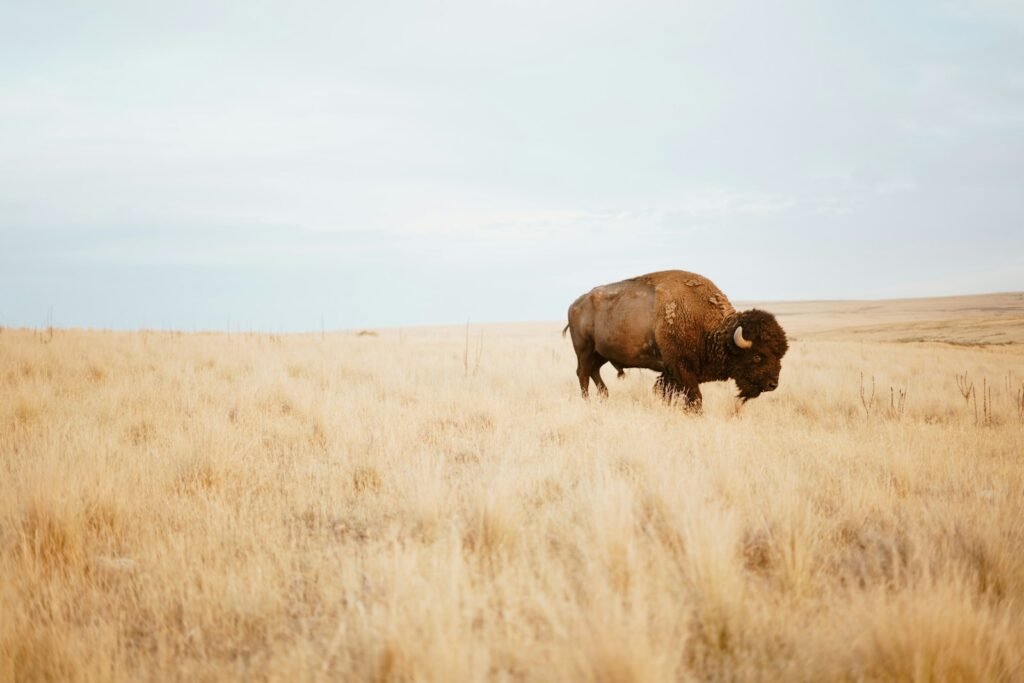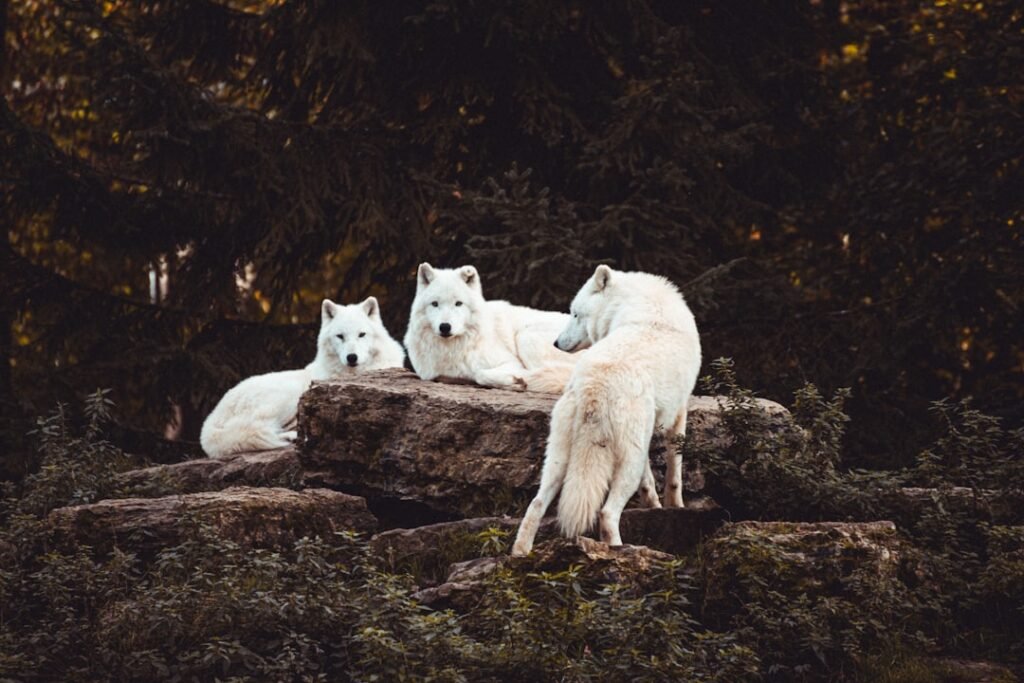High in Central Asia’s windswept deserts, a puzzle sits half-buried in saffron sand: a beaked skull, a wagon of ribs, and a frill like a battle shield. For centuries, travelers whispered about fierce guardians of gold, part eagle, part lion – griffins that watched over remote treasure fields. Now a growing conversation in paleontology and classics asks whether those stories sprouted from the stone bones of a real creature, the Late Cretaceous Protoceratops. The idea is bold, a little romantic, and surprisingly testable. As new tools trace trade routes and fossil outcrops with fine-grained precision, an old myth and an older skeleton are being brought into the same frame.
The Hidden Clues
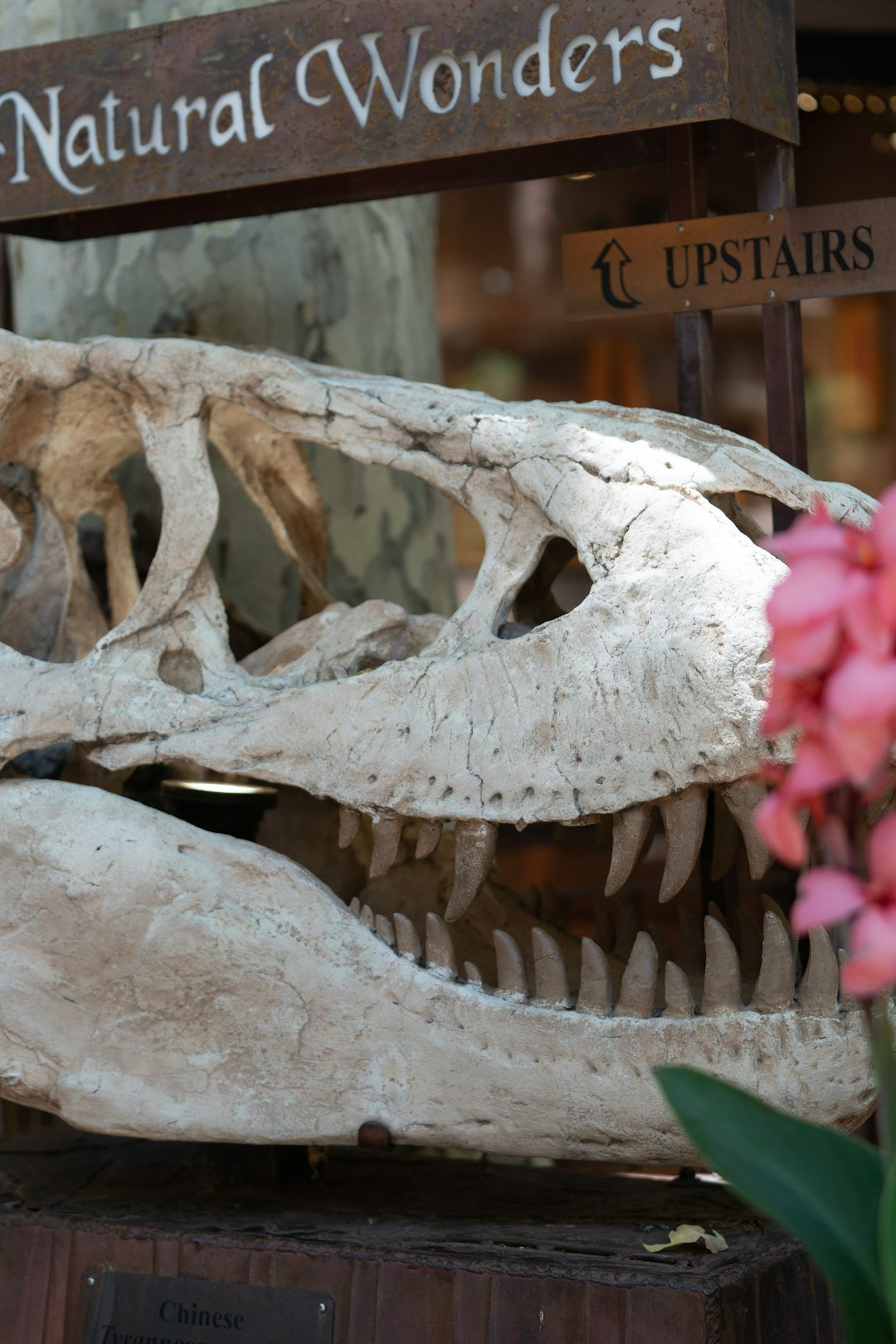
Here’s the hook: a small, plant-eating dinosaur with a parrot-like beak might have shaped one of the ancient world’s most enduring monsters. Imagine stumbling on a weathered skull where the desert has peeled back its velvet surface, the beak curving like a raptor’s and the head rimmed by a spoked frill. To a miner or caravan guard with no context for extinction or deep time, that fossil would look uncannily predatory. Add wind-carved dunes and flashes of native gold in nearby hills, and you can see how a creature could become a guardian in the mind’s eye. The myth didn’t need a living beast; it needed a startling form and the right stage.
I still remember crouching beside a sandstone ledge in Mongolia, fingers brushing grit off a beak that felt almost too modern. In that moment, the distance between science and legend collapsed to a breath. The skull wasn’t roaring, but the shape told a story louder than a shout. When people say myths are just make-believe, I think of that beak staring back from the Mesozoic. Some surprises don’t fade; they fossilize.
From Ancient Tools to Modern Science
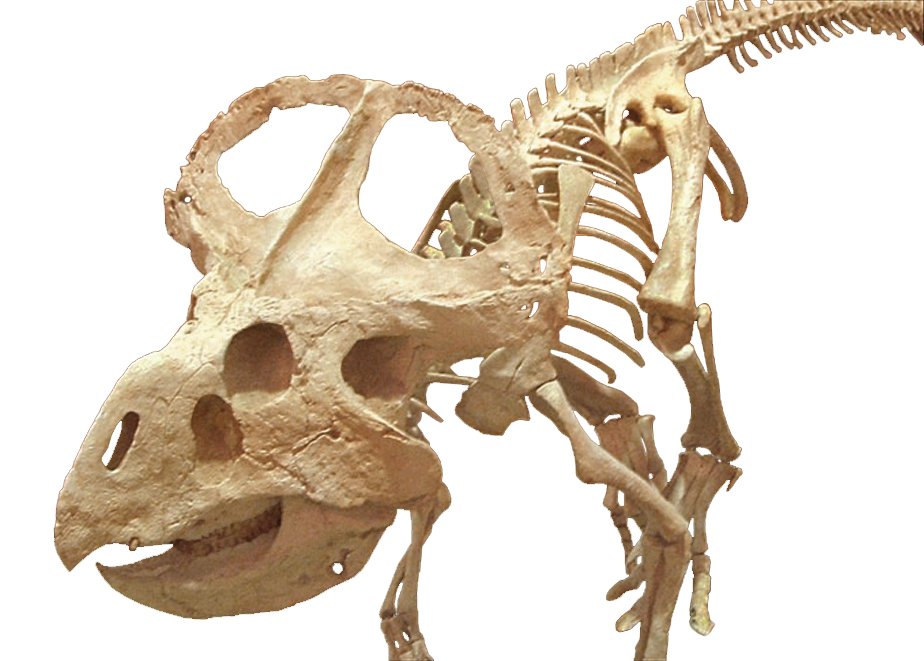
Protoceratops was a stocky, four-legged dinosaur that browsed in herds about the size of large pigs, with a bony frill and a sharp, shearing beak. The Gobi’s dry conditions preserved many skeletons in lifelike poses, which is why the species features so prominently in museum halls today. Expeditions in the 1920s and 1930s hauled out crates of skulls, nests, and entire skeletons, revealing a creature both familiar in outline and alien in detail. If you squint, the beak reads avian, the body reads mammalian, and the frill adds an exotic crest – ingredients oddly close to griffin iconography. That doesn’t prove a connection, but it sets the table for a plausible misunderstanding by ancient observers.
Today, researchers compare mapped fossil sites with historical gold districts and caravan corridors to test the overlap. Radiocarbon dating of associated sediments, high-resolution satellite imagery, and regional geology help narrow where fossils erode naturally to the surface. Scholars also sift ancient texts alongside artifacts to track when and where gold-guarding creatures enter the record. The result is a multidisciplinary map that treats myths like field notes awaiting ground truth. It’s detective work, but with sieves, drones, and GIS instead of magnifying glasses.
Trading Routes and Gold Stories

If griffins were born anywhere on a map, trade likely carried them. Deserts at the rim of Central Asia held both fossil beds and mineral wealth, and people moved through them with purpose: miners, herders, and merchants ferrying metals, textiles, and ideas. Stories hitchhiked along these routes as efficiently as silk or lapis. A miner shows a traveler a strange beaked skull near a promising ridge; the trader repeats it in a far-off market with more drama and an eagle’s wings added for flair. Before long, the tale is stitched into maps drawn by memory rather than compass.
Consider how quickly rumors travel when the stakes are high. Gold lures risk-takers, and deserts erase footprints, so a frightening guardian becomes a tidy explanation for missing rivals and empty claims. In that sense, griffins functioned like caution tape made of narrative. Whether people saw Protoceratops or not, the fossil record – and the human urge to warn, bluff, or boast – was right there to be mined. The desert supplied hard evidence; the caravan supplied reach.
Art Before Fossils?
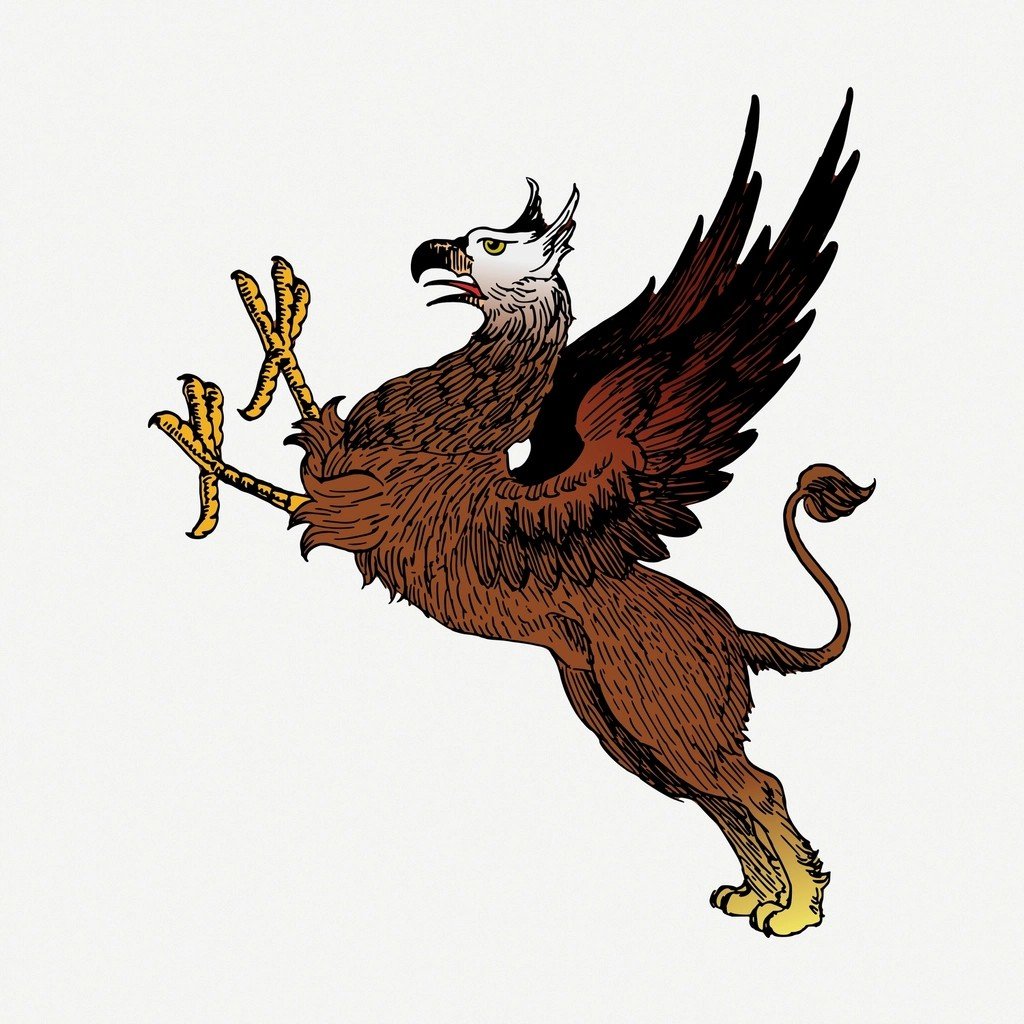
There’s a snag: griffin images exist in Bronze Age art well before classical writers described gold-guarding creatures on the steppe. Stylized griffins flit across palace frescoes and carved ivories centuries earlier, which complicates the fossil-origin story. That earlier iconographic tradition suggests the griffin was already a symbol – of power, protection, or royal authority – long before caravans hit the Gobi’s fossil fields. The simplest read is that the image predated any encounter with Protoceratops. Yet symbols evolve; a familiar creature can be given a new job in a new landscape.
In other words, the older griffin may have been an artistic motif, while the Central Asian chapter attached fresh biography and habitat. A creature already known in art became tied to deserts, gold, and danger once stories passed through regions littered with uncanny skulls. Timeline tension doesn’t kill the fossil hypothesis; it reframes it as a merger of an existing emblem with a landscape that suddenly provided “proof.” Myths are not patents – they get updated, remixed, and redeployed. That’s not messy scholarship; that’s cultural reality.
A Morphological Matchup
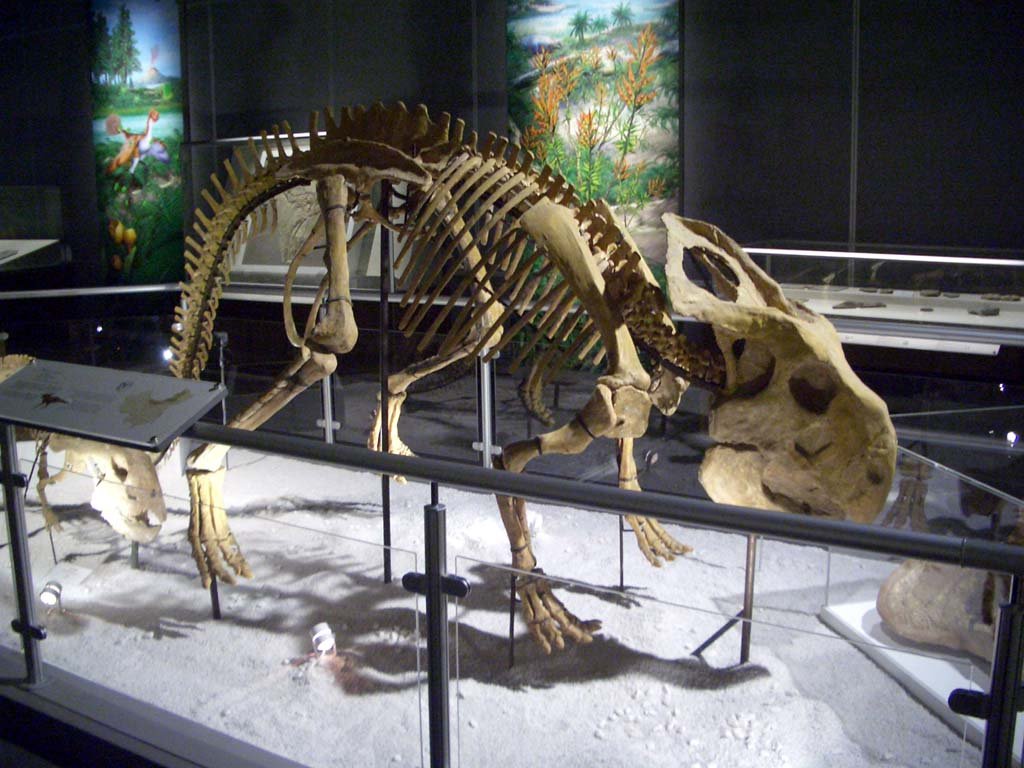
How well do the bones fit the blueprint? Protoceratops offers a hooked beak that reads birdlike, a compact quadruped body that reads leonine, and a sweeping frill that can be imagined as a crest or ruff. Many skeletons preserve splayed forelimbs and a low, powerful stance, which tracks with predatory posture in the untrained eye. The stumbling block is wings, but that’s an easier leap in art than in anatomy; wings are a designer’s solution for making speed and menace instantly legible. Add a long shoulder blade weathered free from the ribcage, and you can forgive a hurried observer for sketching feathers where only bone lay.
Some field notes strengthen the visual rhyme: skulls occur clustered in eroding layers, eggs and nests can appear nearby, and bones often bleach to a pale sheen against red sandstone. To a traveler, that’s theatrical staging late in the day when shadows carve every ridge into relief. Even scale works: Protoceratops wasn’t enormous, but a beaked head the length of a forearm looks formidable when it’s the first thing you find. The mind fills gaps with what it already knows – eagles, lions, guardians – and the hybrid takes flight. It’s not hard evidence, but it is a striking fit.
Why It Matters
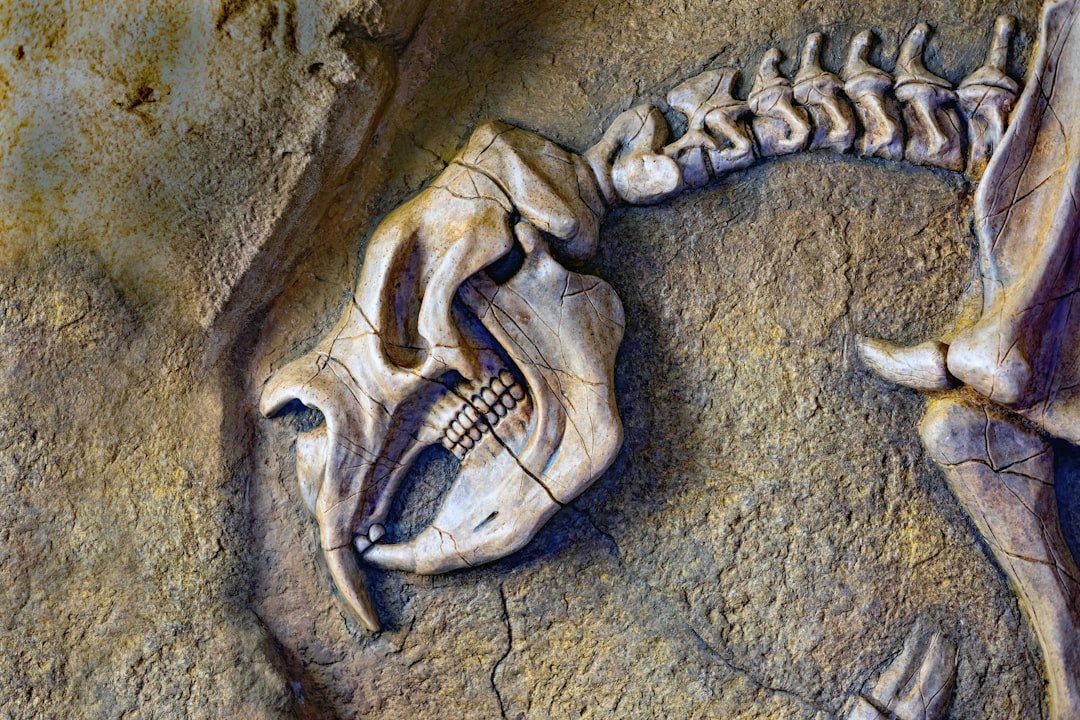
This debate is bigger than a single myth; it’s a case study in how humans metabolize the natural world into story. Paleontology often moves from bone to narrative, while folklore works in the opposite direction, from narrative to what might have inspired it. Testing the griffin hypothesis forces both approaches to meet in the middle with shared standards of evidence. Compared with traditional text-only analyses, the fossil angle brings geology, taphonomy, and spatial data to bear on cultural history. That cross-talk can overturn old assumptions or confirm them, and either outcome is intellectually honest.
Think of it like calibrating an old compass with a new GPS. We may discover that a large share of gold-guardian stories cluster near fossil-rich outcrops, or we may find that the link is weak once distances and dates are plotted carefully. Both answers refine our picture of how knowledge spreads. And in a world where misinformation moves faster than facts, practicing these reality checks on ancient myths sharpens the tools we need for modern claims. Curiosity backed by method is not a luxury; it’s a survival skill.
The Future Landscape
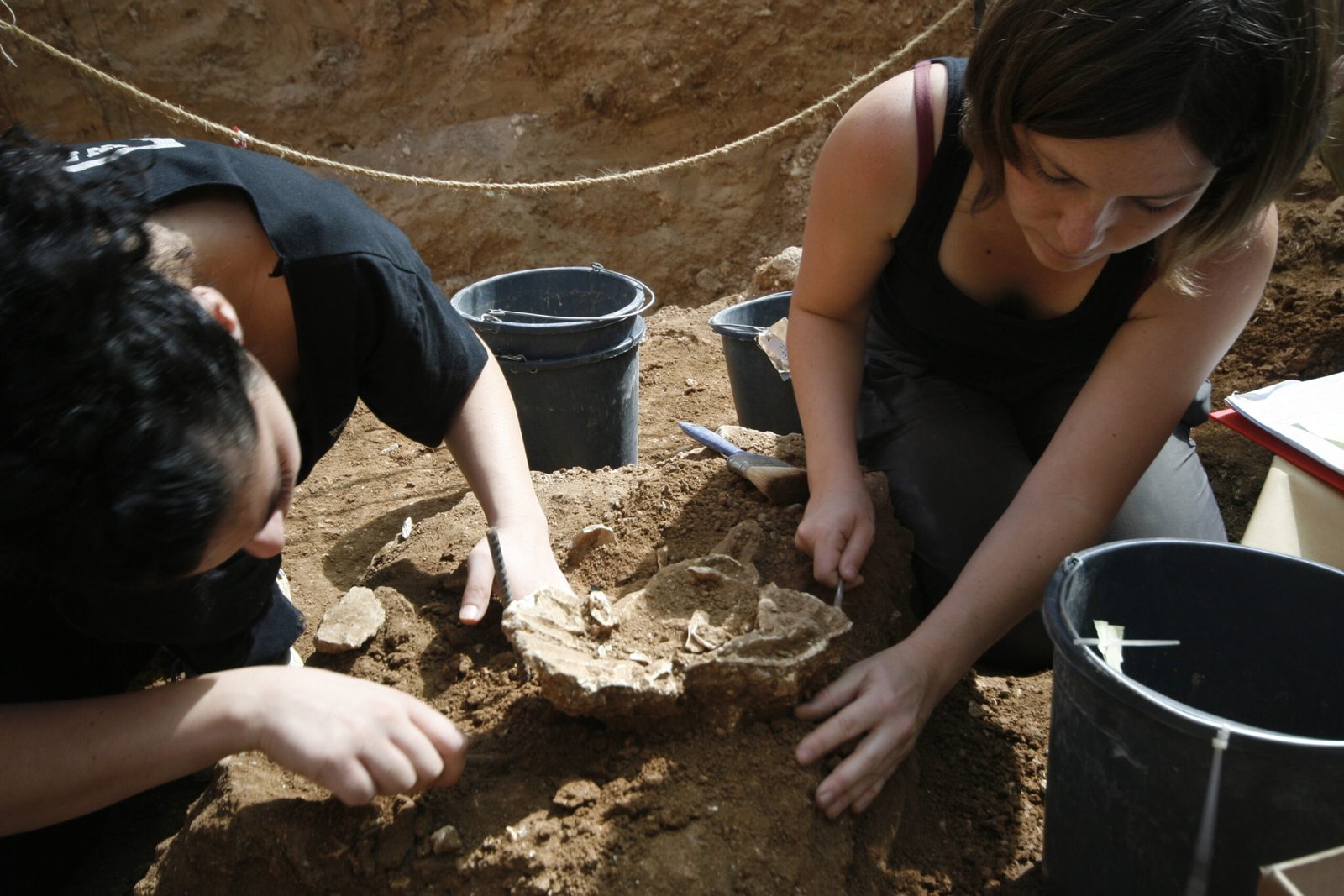
New technologies are poised to put this idea through tougher trials. High-resolution satellite maps can model erosion hotspots where fossils emerge today, while ground-penetrating radar refines site boundaries without turning a shovel. Text-mining tools scan vast corpora of ancient languages to track when griffins pick up desert habitats or gold affiliations. 3D-scanned skulls let art historians compare fossil silhouettes with griffin profiles across centuries of imagery. Even climate models matter, because shifting wind and rain patterns can expose fresh fossils and alter the modern “visibility” of sites that once lay hidden.
There are challenges: access to remote borders, the need to work respectfully with local communities, and the risk of looting whenever publicity outpaces protection. Collaboration between museums, regional scientists, and heritage offices will make or break responsible fieldwork. The global implications are broader than one myth, too. If this approach works, it could be used to probe other legendary creatures – dragons, giants, sea monsters – without stripping them of wonder. The goal isn’t to debunk; it’s to understand how nature and imagination coauthor the stories we carry.
Conclusion
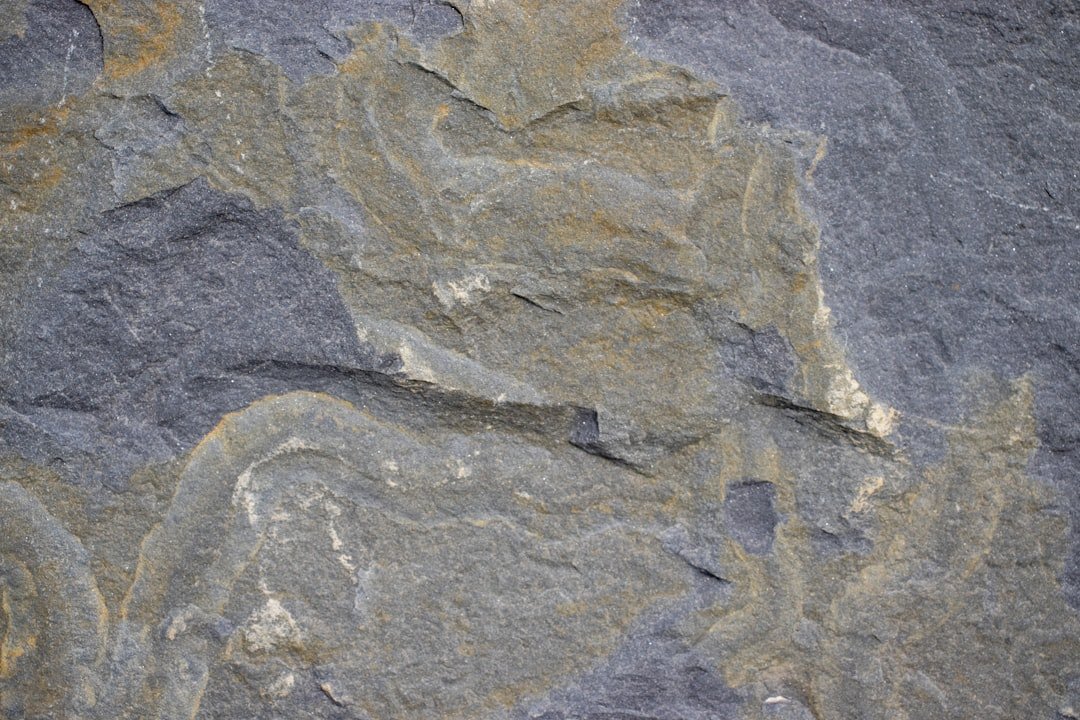
If this intersection of bones and legend grabs you, there are simple ways to help keep the work careful and curious. Support accredited museums and local institutions that steward fossils and archives, especially those in source countries. Read and share research from scientists and historians who publish open, peer-reviewed work rather than viral posts. When traveling, photograph fossil-like finds but leave them in place and report locations to local authorities or park rangers. And when you tell these stories, credit the land and the people who live with these landscapes every day. Ready to follow the clues – one fossil, one map, one old story at a time?

Suhail Ahmed is a passionate digital professional and nature enthusiast with over 8 years of experience in content strategy, SEO, web development, and digital operations. Alongside his freelance journey, Suhail actively contributes to nature and wildlife platforms like Discover Wildlife, where he channels his curiosity for the planet into engaging, educational storytelling.
With a strong background in managing digital ecosystems — from ecommerce stores and WordPress websites to social media and automation — Suhail merges technical precision with creative insight. His content reflects a rare balance: SEO-friendly yet deeply human, data-informed yet emotionally resonant.
Driven by a love for discovery and storytelling, Suhail believes in using digital platforms to amplify causes that matter — especially those protecting Earth’s biodiversity and inspiring sustainable living. Whether he’s managing online projects or crafting wildlife content, his goal remains the same: to inform, inspire, and leave a positive digital footprint.


